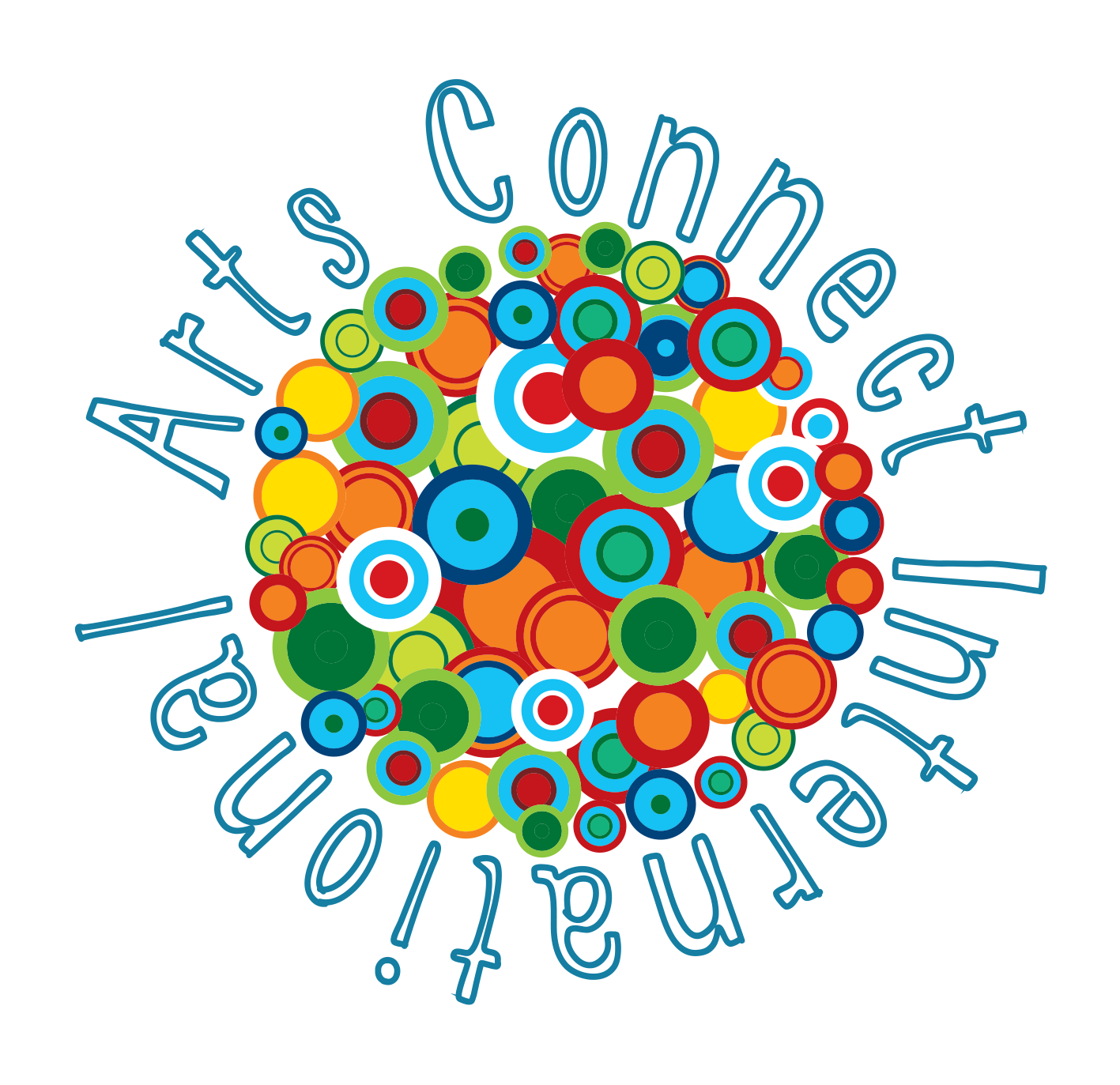ACI Artist Leader Stephen hamilton
Project: "Yoruba Empowerment in Nigeria" 2015-16
Placement: Osogbo, Nigeria
Hometown: Boston, USA
As I concluded my time in Ogidi, I began to reflect on how creating this specific art, in this specific space had a mental and spiritual effect on me. These ancient traditions arepassed down from master to apprentice, through family and other lines of descent for generations. The carver, weaver, and dyer is not only the embodiment of his or her own artistic merit, but also the collective spirit of all those before them, stretching back to time immemorial.
Carving is an immensely physical art form. The wood is cut and reshaped as it is beaten by hammer and chisel. It is an almost violent act, yet it produces beauty and sophistication. It is no wonder that the patron Orisha of the Woodcarvers is Ogun, the lord of iron, war, industry, and civilization. The contradictory nature of a god of creation and destruction can be felt directly in the act of carving. In Yoruba Culture, woodcarving is seen as a masculine art, for its use of steel and brawn. Ogun is appeased to prevent accidents, cuts, and other injuries. The process is reductive, that of controlled destruction, and although it can be dangerous to the inexperienced, it is also cathartic with each piece of wood chipped away. The carving student is transformed with his work, whittled, cut and refined as the wood he carves.
Weaving and dyeing, on the other hand, is an additive art. The raw cotton is transformed through spinning, winding, and threading. The dye is made in an almost alchemic process and patterns are created through tying, painting, twisting, and sewing onto the fabric. Prior to the spread of the men's loom to southern Nigeria in the 16th-17th century, weaving was primarily the art of women. Dyeing, on the other hand, had remained the art form of women until the mid-20th century. The creation of these cloths requires as much patience and dedication as woodcarving, yet the process is different. Like the other feminine arts of pottery, it is a transformative art, in which the raw material is transformed through manipulation, rearranging, and building. These processes are all traditionally surrounded by taboos, offerings, and prayers. Like the woodcarver, the female artisans of old sent their prayers and offerings to the Orisha. More specifically, theses women worshiped manifestations of Iya Mapo, the powerful mother of pottery, Indigo, weaving, and all other feminine arts, which earned women, power wealth and prestige in ancient Yorubaland. As the weaving apprentice matures and as she builds her cloth, her hand becomes more steady, and her eyes more focused. She is transformed with each panel she weaves—the repetitive motions of her weaver's sword are both meditative and cathartic.
These are the feelings I had whilst practicing these arts in Ogidi. I could not help feeling that as I practiced these crafts, I was regaining part of myself—part of myself that was forcibly forgotten. I felt reconnected to traditions spanning back centuries—traditions that had been lost either due to displacement or forced/coerced assimilation. I began to think about the psychological impact that being in white dominated spaces has had on me and my peers. I began to think about the necessity of breaking into fields, professions, and academic traditions, that are so heavily dominated by European cultural discourses that one can't help but feel alienated when constantly trying to break in from the outside. I began to question the idea of "Black art". I pondered the idea of exploring Black aesthetics and philosophy through African traditional art forms. Cultural survival, ownership, and belonging are important in healing from racial trauma. This healing process is done through not only learning about black history, but also creating art by using black knowledge, aesthetics and traditions, and techniques. I began to think about art education, specifically in the context of black empowerment and arts integration. I thought about the physical act of building and creating as an act of empowerment, and the meditative, repetitiveness of this type of art making as an act of healing and release. Most importantly, the act of learning these arts can function as a radical act of retaking and relearning traditions and art forms that we, as Diasporic Africans, have been removed from. This form of art making, as an active act of self-healing, can be a fundamental asset in the empowerment of Black Youth.



